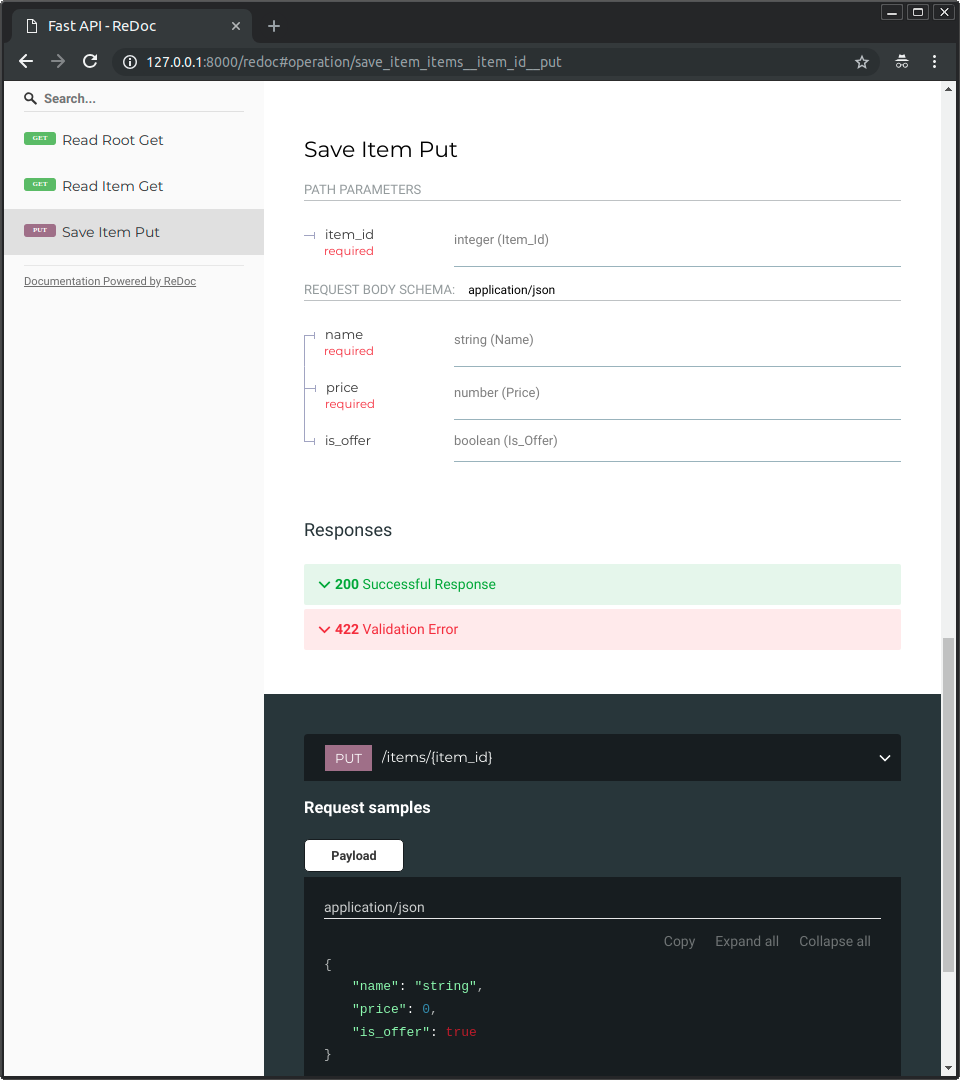

- #SWAGGER EDITOR API DEFAULT FILE HOW TO#
- #SWAGGER EDITOR API DEFAULT FILE GENERATOR#
- #SWAGGER EDITOR API DEFAULT FILE PLUS#
The final result for the API explorer will look as the image below.īut that UI explorer is not the most important thing here, as mentioned, once you have a Web API that can describe itself in Swagger metadata, your API can seamlessly be used from Swagger-based tools including client proxy classes code generator that can target many platforms, like using swagger-codegen, for example, which allows code generation of API client libraries, server stubs and documentation automatically.Ĭurrently, Swashbuckle consists of two NuGet packages – Swashbuckle.SwaggerGen and Swashbuckle.SwaggerUi. Best of all, it requires minimal coding and maintenance because it is automatically generated, allowing you to focus on building your API. This means you can complement your API with a slick discovery UI to assist developers with their integration efforts. In addition to its Swagger metadata generator engine, Swashbuckle also contains an embedded version of swagger-ui which it will automatically serve up once Swashbuckle is installed. Swashbuckle combines ApiExplorer and Swagger/swagger-ui to provide a rich discovery and documentation to your API consumers. Depending on the package version, it supports ASP.NET Core Web API projects and the traditional ASP.NET Web API and any other “flavor” like Azure API App, Azure Mobile App, Azure Service Fabric microservices based on ASP.NET or plain Web API on containers, as in this case. Swashbuckle is seamlessly and automatically adds Swagger metadata to ASP.NET Web Api projects. However, you can automate API discovery of ASP.NET Web API services by using the Swashbuckle NuGet package to dynamically generate Swagger API metadata. Generating Swagger metadata manually (JSON or YAML file) can be a tedious work if you have to write it manually.
#SWAGGER EDITOR API DEFAULT FILE HOW TO#
How to automate API Swagger metadata generation with Swashbuckle NuGet package from your ASP.NET Core Web APIs Swagger’s metadata is basically what Microsoft Flow, PowerApps and Azure Logic Apps use to understand how to use services/APIs and connect to it. Proper documentation and having a solid API explorer is a crucial pillar for your API success and likability by developers. – APIs documentation automatically generated – When creating large scale RESTful APIs, like when building complex microservice based applications, you will need to handle a large number of endpoints with different data models used in the request/response payloads. O Azure App Service Logic Apps – Ability to automatically use and integrate your API into an Azure App Service Logic App, with no programming skills required.

O Microsoft PowerApps – Ability to automatically consume your API from PowerApps mobile apps built with PowerApps Studio, with no programming skills required. O Microsoft Flow – Ability to automatically use and integrate your API into a high-level Microsoft Flow workflow, with no programming skills required.

Microsoft has high level products and tools that can automatically consume Swagger based APIs, like the following:
#SWAGGER EDITOR API DEFAULT FILE PLUS#
– Ability to automatically consume and integrate your APIs with tens of products and commercial tools supporting Swagger plus many libraries and frameworks serving the Swagger ecosystem. The main reasons why you would want to generate Swagger metadata about your APIs are basically the following: More information, a Web Editor, and examples of Swaggers from companies like Spotify, Uber, Slack, Microsoft and many more can be found at Why to use Swagger This specification defines the structure for how a service can be discovered and its capabilities understood. The specification is the basis of the OpenAPI Specification (OAS) and is developed in an open, transparent, and collaborative community to standardize the way RESTful interfaces are defined. The specification creates the RESTful contract for your API, detailing all of its resources and operations in a human and machine readable format for easy development, discovery, and integration. The heart of Swagger is the Swagger Specification (API description metadata which is a JSON or YAML file). It is probably becoming as the main standard for this domain (APIs description metadata). Swagger is a very much used open source framework backed by a large ecosystem of tools that helps you design, build, document, and consume your RESTful APIs.


 0 kommentar(er)
0 kommentar(er)
